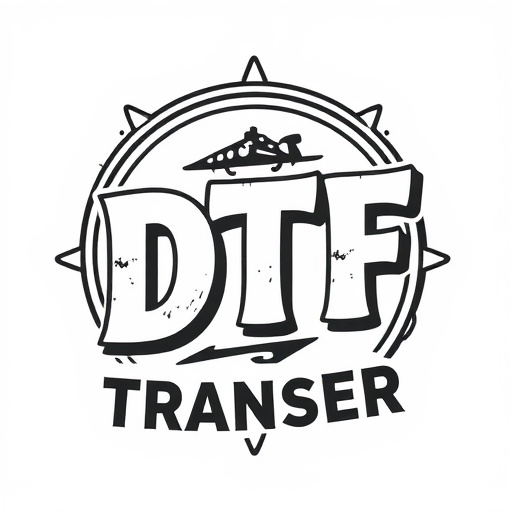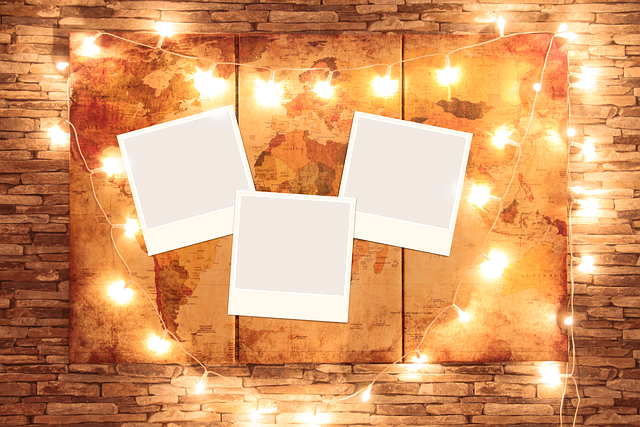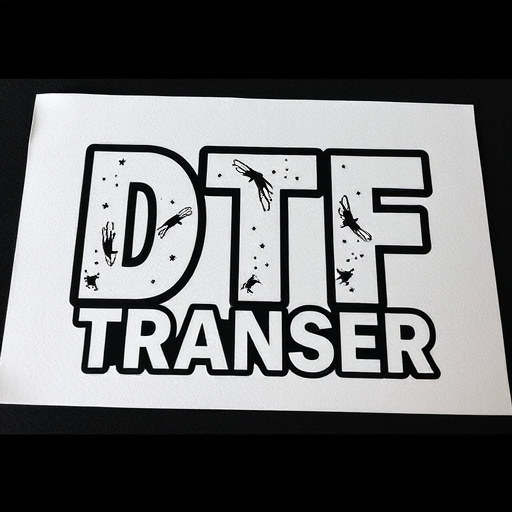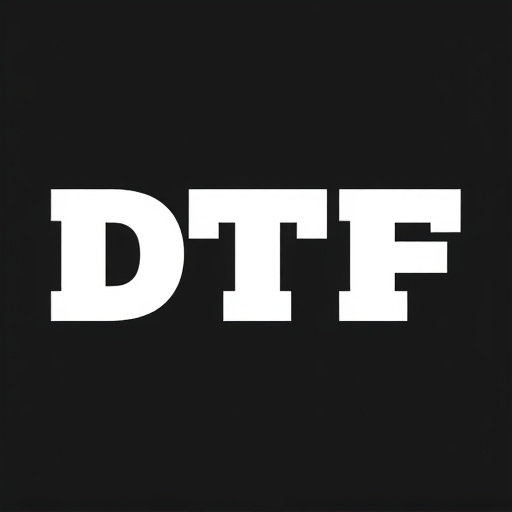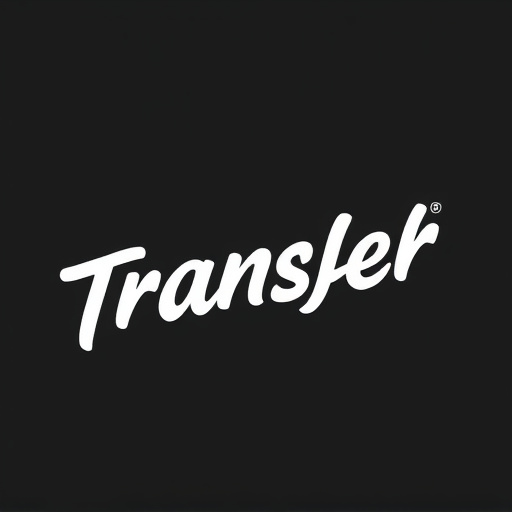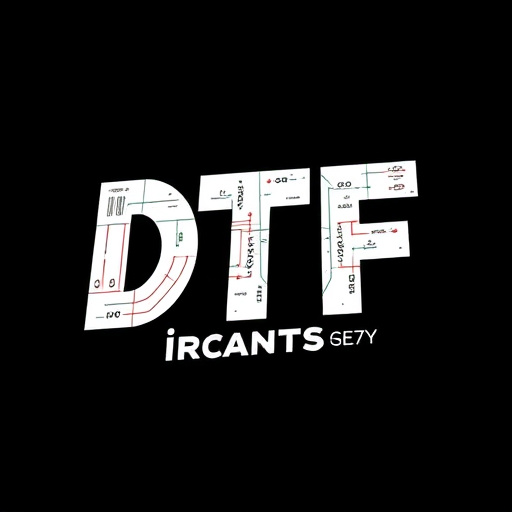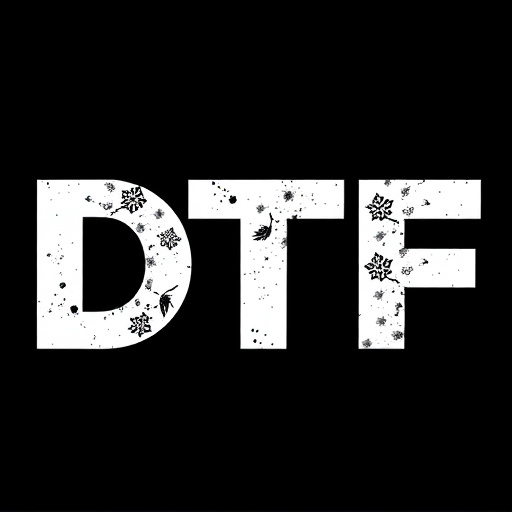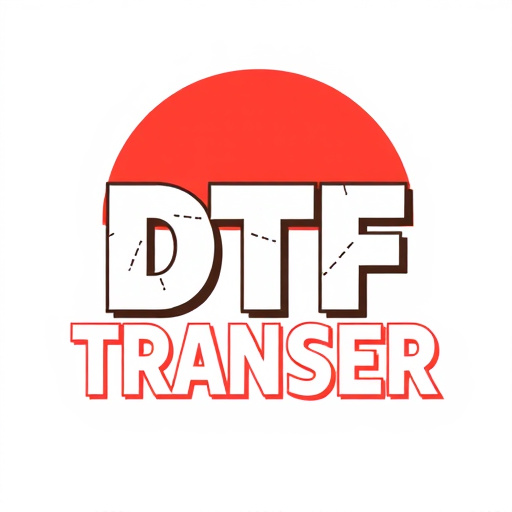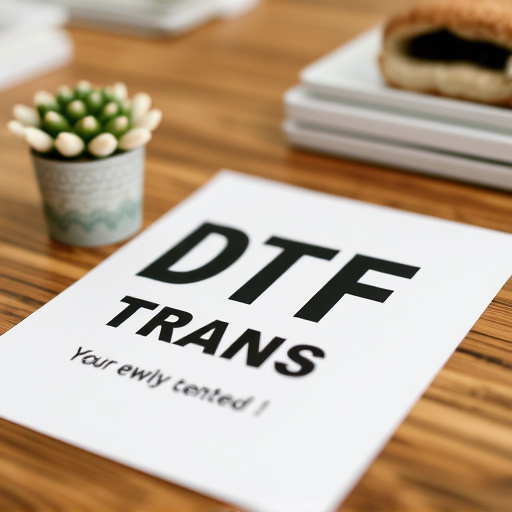DTF (Direct to Film) printing is a modern technique offering precise, detailed printing on diverse surfaces like glass, metal, plastics, and fabrics, bypassing limitations of traditional methods. The process begins with designing artwork in compatible software, saving it in formats like SVG, PDF, or JPEG. Designs are uploaded to the printer's platform, transferred onto film, and printed layer by layer. DTF prints are versatile for promotional materials, signage, art pieces, and product branding. Submitting pre-arranged designs minimizes errors, expedites timelines, and guarantees consistent quality. Preparing designs with high resolution (300 DPI or more), correct color mode (CMYK), meticulous layout planning, and testing ensures optimal results. The process involves creating digital artwork, preparing it with specialized software, printing layer by layer using thin resin layers, curing under UV light, and post-processing to yield perfect DTF prints. Selecting user-friendly design software and industrial-grade printers is crucial for exceptional results. Adhering to best practices ensures high-quality DTF prints by submitting designs with crisp lines, clear images, vector graphics, CMYK color mode, thorough proofreading, and reviewing final print proofs.
“Discover the world of DTF (Direct to Film) printing—a game-changing technique for creating vibrant, precise prints. This article is your comprehensive guide to mastering the process. We explore the benefits of submitting pre-arranged designs, offering a beginner’s understanding of DTF, and practical tips for optimal results. From software selection to hardware compatibility, we navigate the entire process, ensuring you avoid common pitfalls. Enhance your printing journey with this essential resource for achieving exceptional DTF prints.”
- Understanding DTF Printing: A Beginner's Guide
- Benefits of Pre-Arranged Design Submission
- Preparing Your Designs for Optimal Results
- The Process: From Concept to Physical Print
- Choosing the Right Software and Hardware
- Best Practices and Common Pitfalls to Avoid
Understanding DTF Printing: A Beginner's Guide
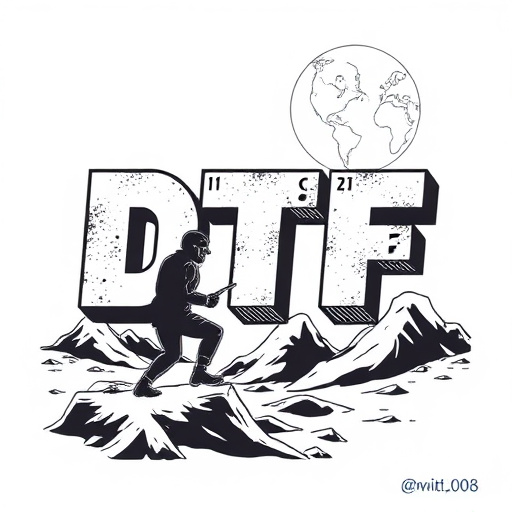
DTF (Direct to Film) printing is a cutting-edge technique that allows for precise and detailed printing directly onto various surfaces, from glass and metal to plastics and fabrics. Unlike traditional printing methods, DTF printing doesn’t require a physical print medium, eliminating many of the limitations associated with offset or digital printing. This makes it an attractive option for creating high-quality, custom designs on demand.
For beginners, submitting pre-arranged designs for DTF printing is straightforward. The process starts with designing your artwork using compatible software and saving it in the appropriate file format (like SVG, PDF, or JPEG). Once your design is ready, you can upload it to the printer’s platform or send it directly from your design software. The printer will then use specialized equipment to transfer your design onto a film, which acts as an intermediate layer between the design and the final substrate. This method ensures consistent quality, making DTF prints ideal for everything from promotional materials and signage to custom art pieces and product branding.
Benefits of Pre-Arranged Design Submission
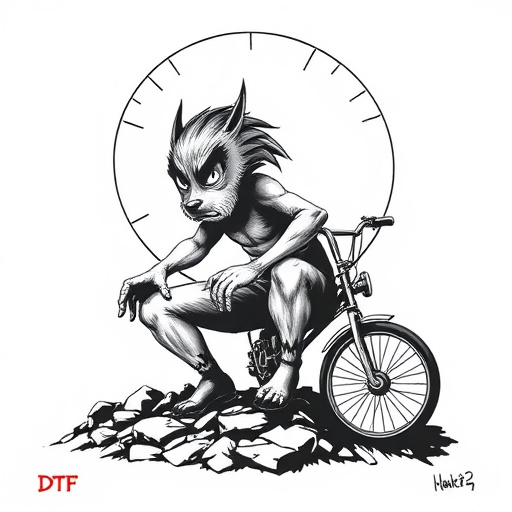
Submitting pre-arranged designs for DTF (Direct to Film) printing offers a range of advantages that streamline the production process and enhance overall efficiency. One of the key benefits is the ability to ensure precise and consistent results. By providing detailed, ready-to-print designs, designers and clients can avoid miscommunications and reduce the likelihood of errors during the printing stage. This pre-arrangement allows for better control over final output quality, ensuring that the intended vision materializes accurately.
Additionally, this approach expedites the printing timeline significantly. With pre-approved designs in place, print shops can quickly set up the necessary equipment and begin the printing process without delays. This efficiency is particularly valuable for businesses or individuals with tight deadlines, enabling them to secure their desired DTF prints promptly.
Preparing Your Designs for Optimal Results

When preparing designs for DTF (Direct to Forme) printing, ensuring optimal results starts with meticulous attention to detail. Begin by checking your design’s resolution; high-quality images and text with a minimum of 300 DPI are ideal for crisp, detailed prints. Next, ensure your design is in the correct color mode—CMYK for printing accuracy. Removing any unnecessary elements, such as empty spaces or low-resolution areas, can also enhance the final output.
Additionally, consider the layout and positioning of your design on the print surface. DTF printing allows for flexibility, but aligning your design precisely will result in more consistent and professional prints. Test your design on the specific material you plan to use, as different substrates may require slight adjustments in settings or color profiles. Lastly, save your design in a compatible file format (e.g., PDF) to ensure a seamless print preparation process.
The Process: From Concept to Physical Print
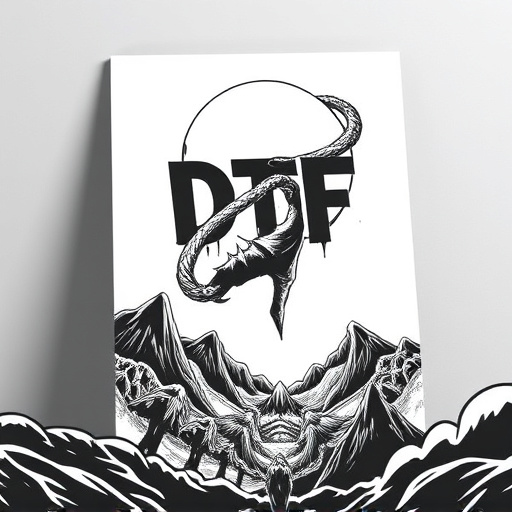
The journey from concept to physical DTF print involves a meticulous process that ensures precise and high-quality outcomes. It begins with designers creating digital artwork, meticulously crafting each element to meet specific requirements for DTF printing. This digital file, often in vector format, is then submitted to the printing house. Skilled technicians at the facility take over, importing the design and preparing it for production using specialized software. They carefully set up the print parameters, ensuring optimal color accuracy and material compatibility.
Once ready, the pre-arranged design is sent to the DTF printer, a precise machine that translates the digital artwork into a physical object. The printer lays down thin layers of resin, building up the desired 3D structure layer by layer. After printing, post-processing steps include curing the resin under UV light and removing any support structures, resulting in a perfectly formed DTF print ready for inspection and delivery.
Choosing the Right Software and Hardware
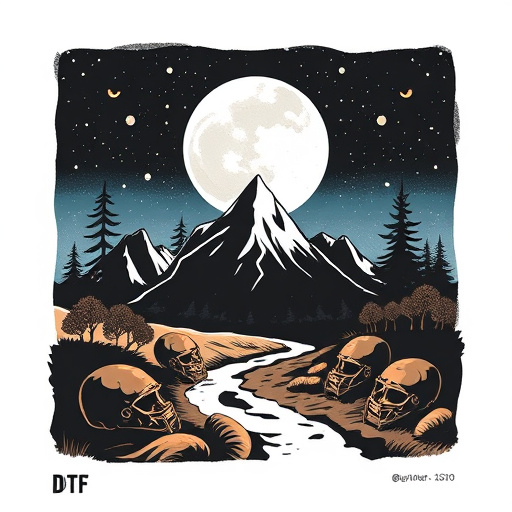
When it comes to DTF (Direct to Film) printing, selecting the appropriate software and hardware is a pivotal step in achieving high-quality results. The right software should offer a user-friendly interface for designing and editing, with features that support vector graphics and intricate details—essential for complex prints. Look for programs that provide precise control over print settings, color profiles, and resolution to match your desired DTF printing standards.
For hardware, an industrial-grade printer with top-notch precision and reliability is key. Consider models equipped with advanced sensors and automatic calibration features, ensuring consistent output quality. A robust worktable or station to secure your printing setup is also vital, especially for larger designs. This combination of software and hardware will enable you to submit pre-arranged designs confidently, knowing they’ll be accurately transformed into stunning DTF prints.
Best Practices and Common Pitfalls to Avoid
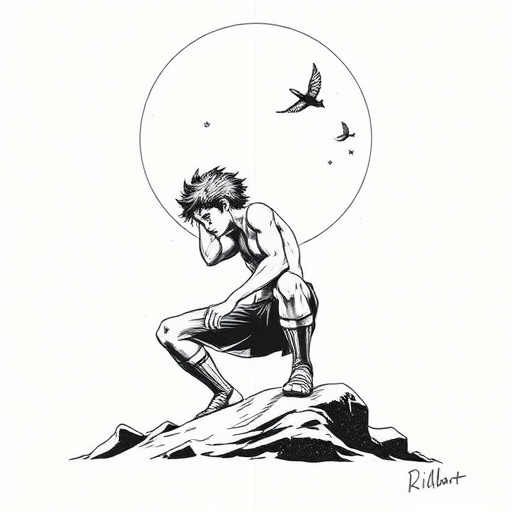
When submitting pre-arranged designs for DTF (Direct to Film) printing, it’s essential to follow best practices to ensure optimal results. Firstly, ensure your design files are in high resolution, with crisp lines and clear images. Vector graphics are generally preferred as they scale better, but high-resolution raster images can also work well if optimized correctly. Secondly, check for potential issues like overlapping elements, which can cause printing problems, or excessive fine details that might be lost in translation.
Avoiding common pitfalls is equally crucial. One major mistake to steer clear of is using inconsistent color modes; always convert your designs to CMYK before submission. Additionally, don’t forget to proofread and double-check your design for any typos or layout errors. Lastly, while pre-arranged designs offer convenience, remember that human oversight remains vital. Reviewing the final print proof before approval can help catch and rectify any last-minute mistakes, ensuring you receive the high-quality DTF prints you expect.

